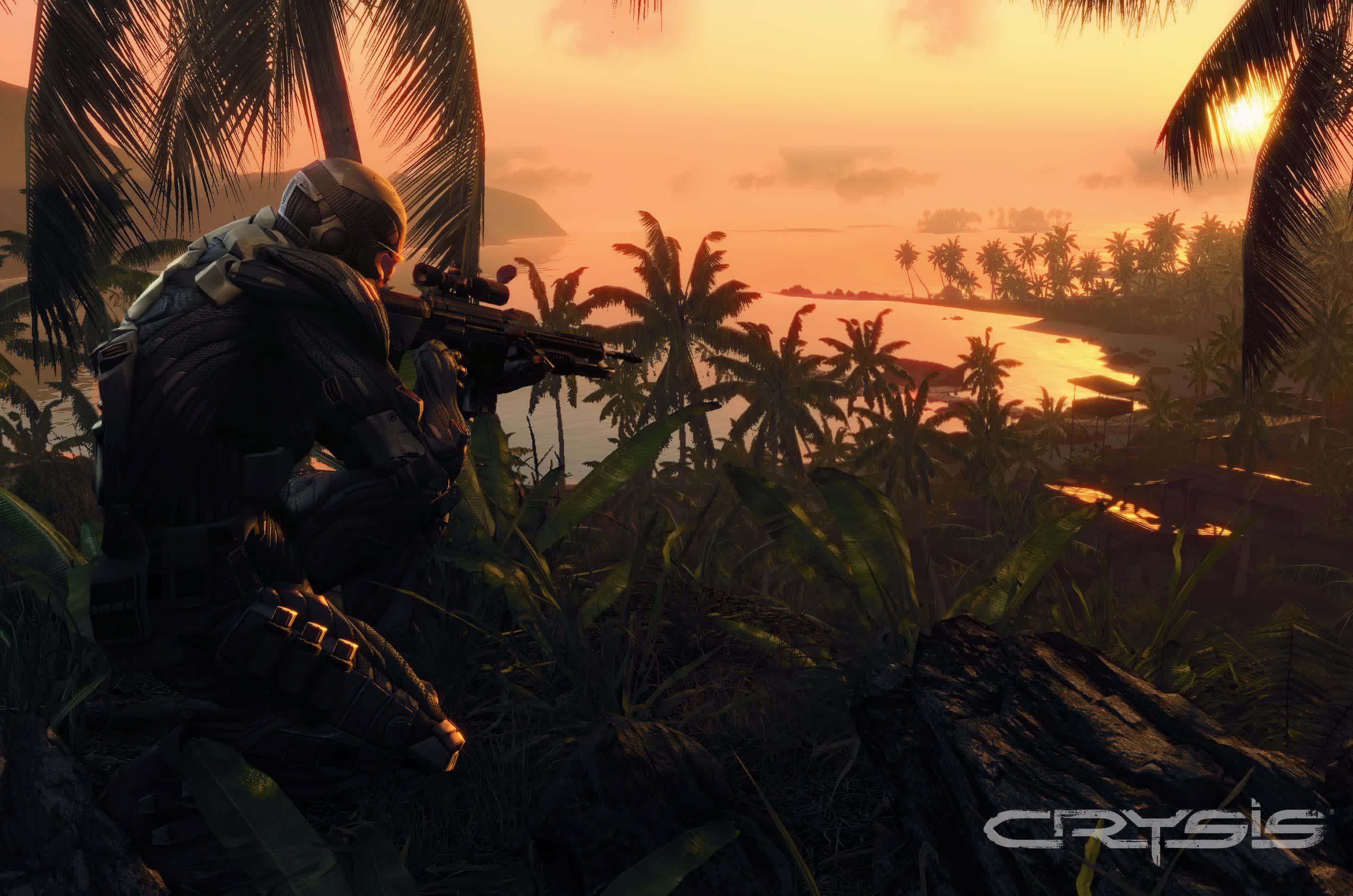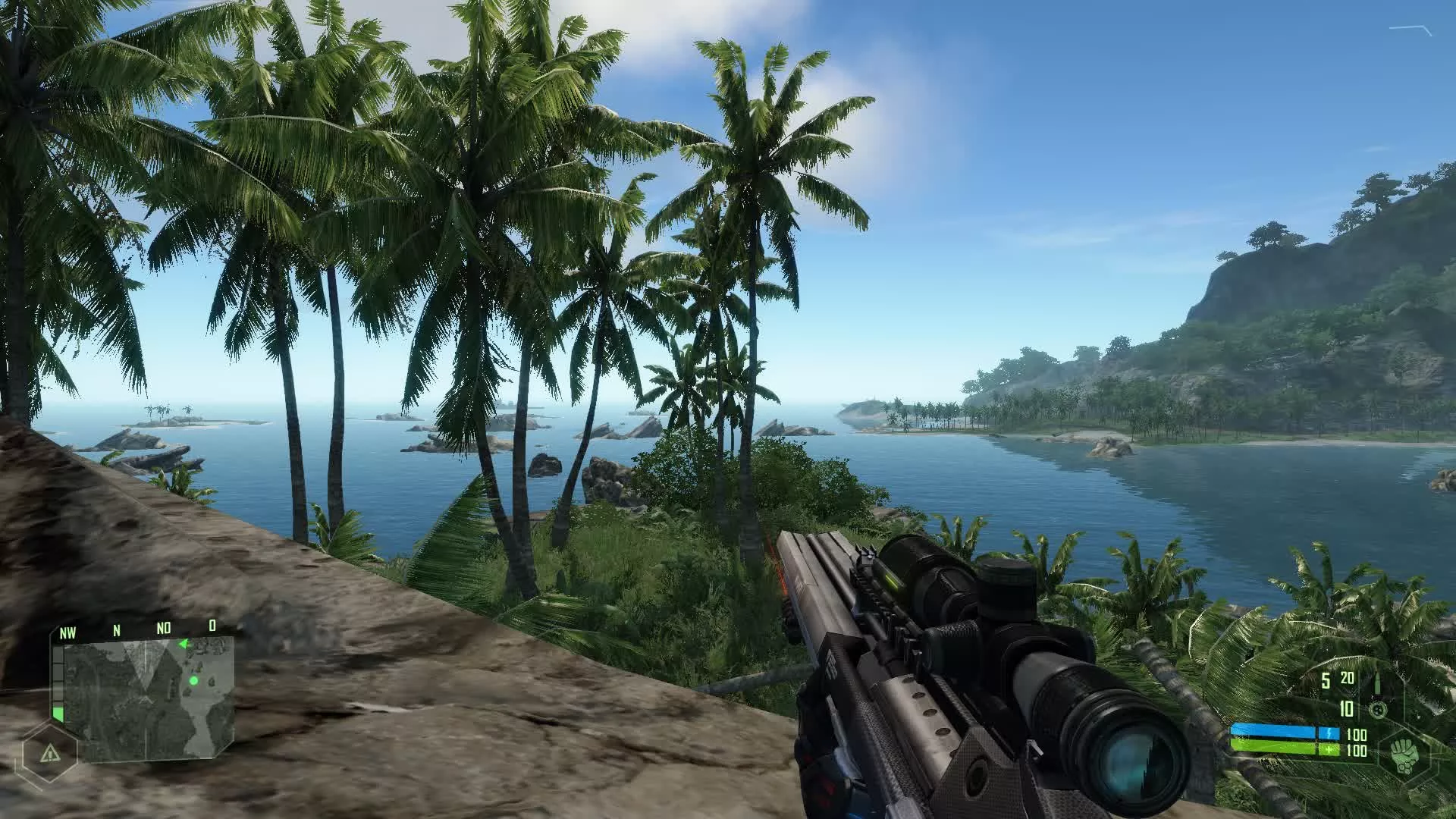In context: Crytek recently turned 25, and its new documentary revisits the origins of the legendary "But can it run Crysis?" meme. The studio reveals the game's staying power wasn't just brute tech – it came from a bold shift to mimicking real nature, setting a new bar for realism.

Crytek is marking its 25th anniversary with a new documentary series that reexamines its legacy – starting with the creative leap between Far Cry and Crysis. For years, gamers assumed Crysis was simply the product of raw technical muscle, the benchmark that melted PCs. However, the German studio's artists say the real breakthrough lay in a fundamental shift in philosophy: Far Cry's jungle sprang from imagination, while Crysis strove to replicate nature as faithfully as possible.
The documentary's debut episode (below) revisits Crytek's early history, from the dinosaur-packed X-Isle tech demo to the unexpected success of Far Cry in 2004. That first game delivered a lush island setting, which art director Marcel Schaika explains the team built almost entirely "out of their heads," drawing on reference images but not beholden to exact realism. It looked good because it was bold, not because it was true to life.
By the time the studio moved on to Crysis, the approach shifted. According to PC Gamer, Crytek dispatched artists to an island rainforest in Haiti to study and record real jungles, gather data on foliage density, and obsess over the way water refracted sunlight. The goal was to build environments with unprecedented realism.
"The biggest difference between Far Cry [and Crysis is that] in Far Cry, the art department created a natural environment as they imagined it," Schaika says in the documentary. "In Crysis, we mimicked nature as closely as possible. I think that made a massive difference."
Rather than treating environments as static backdrops, Crytek artists designed them to function as living characters within the game, reacting to the player's actions. If you threw a grenade into a building, it would collapse. If you fired your gun enough at the same spot on a tree trunk, it would fall over. This pivot had lasting consequences.

Far Cry's world was convincing in a stylized way, but the dedication to empirical detail in Crysis made it a touchstone for photorealism and helped the game's visuals endure. Even eighteen years later, Crysis remains astonishing not only because it pushed hardware, but because its art direction aimed to mirror the natural world rather than invent one.
The documentary comes at a controversial time. Crytek recently paused work on Crysis 4 after the studio laid off 15 percent of its staff, leaving the future of the sequel in limbo after three years in development. Future episodes promise more behind-the-scenes insight, but the first already reframes a famous story: Crysis wasn't just "the game that could melt your rig" – it was a deliberate attempt to make digital nature indistinguishable from the real thing.
Crytek finally explains why the jump from Far Cry to Crysis changed everything